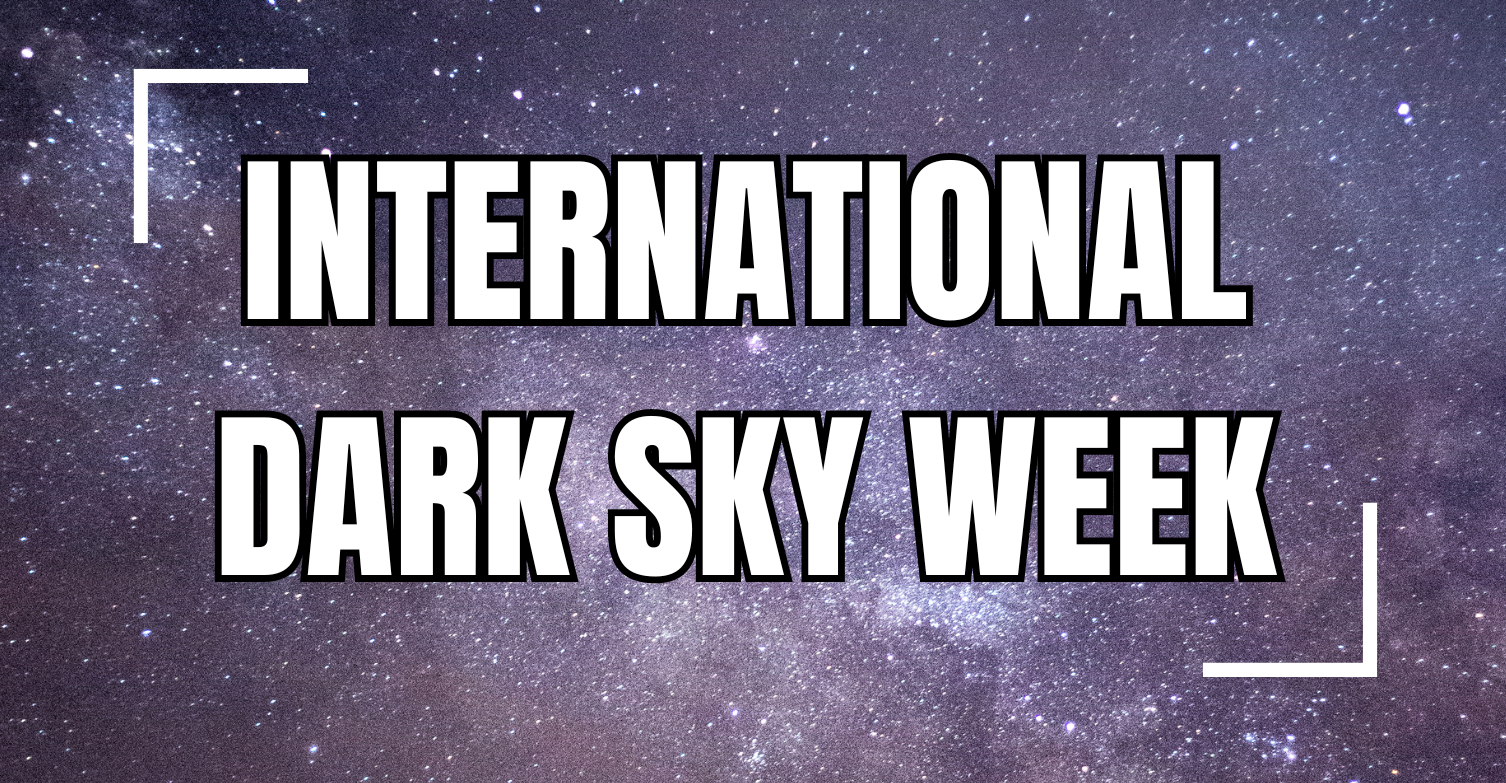International Dark Sky Week
– By #Wall-Badlands Area Chamber

We're going to be exploring the celestial wonders of International Dark Sky Week and the unparalleled stargazing opportunities in the Wall, South Dakota and the Badlands National Park. Located in South Dakota's rugged terrain, the Badlands offer a unique escape from urban light pollution, providing an ideal setting for observing the night sky in all its glory. Join us as we explore the remote beauty of this national park, learn about the Badlands Observatory tours, and uncover the chance to witness the mesmerizing Northern Lights. International Dark Sky Week
International Dark Sky Week is a big event all around the world. It's about learning how too much light at night can cause problems and finding simple ways to fix it. Started by Jennifer Barlow, a high school student, back in 2003, it's now run by DarkSky International. Barlow just wanted people to enjoy the beauty of the night sky without all the extra light. She thinks the sky tells us a lot about our history and helps us plan for the future, so she wants to keep it looking beautiful.
Every year, International Dark Sky Week happens in April when the moon is new, and the sky is really dark. This year, it's from April 2nd to 8th, 2024. It's also marking the end of the Great North American Eclipse! Sadly, a lot of kids today don't get to see the amazing starry sky, like the Milky Way, from their homes because there's too much light around.
Losing the dark night sky isn't good for us or the environment. Studies show that it can hurt our health and the places where animals live. The artificial light at night is especially bad for nocturnal animals that come out at night, like birds and sea turtles. It's one of the worst things humans are doing to nature. We've got to protect our dark skies for everyone's sake.
Below is a light pollution map that shows the impact of artificial light on our night skies. This visual representation showcases areas affected by excessive illumination, helping us understand and mitigate its effects on astronomical observations and ecological balance.
If you're interested in the amount of artificial light in the area where you live, this is a useful tool to reference, particularly when planning a night of stargazing or anticipating the presence of the northern lights. It helps identify the darkest places where you can enjoy the night sky without any light pollution.
View the light pollution map https://bit.ly/3IZ17vC
Badlands Observatory
If you're looking for a great way to celebrate International Dark Sky Week, check out the Badlands Observatory! They've got Dark Sky Tours, friendly guides, and top-notch binoculars, making it the perfect spot for stargazing. Located in Quinn, South Dakota, it's a special place where you can explore the wonders of the universe. Whether you're a seasoned stargazer or just starting out, the observatory promises an amazing experience under the clear night sky. Don't miss the chance to visit during International Dark Sky Week for an unforgettable astronomical adventure!
https://www.badlandsobservatory.com/
Stargazing in the Badlands National Park
Badlands National Park is the perfect place for stargazing all year round, especially during International Dark Sky Week when the skies are at their darkest. This is because the park is in a remote location, away from the bright lights of cities, which reduces light pollution. Light pollution, caused by too much artificial light like streetlights and advertising signs, makes it hard to see stars and disrupts the natural balance of nighttime environments.
Because Badlands National Park is so far from cities, it has exceptionally clear night skies. As night falls, visitors can enjoy a breathtaking display of stars, constellations, the moon, satellites, and even passing airplanes. But what's really special about the park is its incredible darkness, which reveals even more celestial wonders. On clear nights, you might spot planets, the Milky Way, star clusters, nebulae, and if you're lucky, the International Space Station or shooting stars. Sometimes, if you're very lucky, you might even catch a glimpse of the mesmerizing Aurora Borealis, also known as the Northern Lights. So, if you're a fan of stargazing, Badlands National Park is the place to be!
Northern Lights Viewing in South Dakota
The Northern Lights, also known as the Aurora Borealis, are a breathtaking natural display caused by interactions between solar particles and the Earth's magnetic field. When charged particles from the Sun collide with our magnetic field, they excite particles in the atmosphere, making them glow like a neon sign. While sightings in South Dakota are rare, they're unforgettable when they do happen. To increase your chances of seeing them, keep an eye on weather forecasts or check out dedicated Facebook pages. For the best views, head away from areas with lots of light pollution. Places like Badlands National Park or quiet forested areas offer perfect spots to witness this magical sight. So, if you're lucky enough to catch a glimpse of the Northern Lights, it's sure to be an experience you'll never forget!
Last Modified:

